What is
Synes-
-thesia
The phenomenon of synaesthesia is a variation of human consciousness. For five percent of the population it is quite normal to experience this blending of the senses. Often, these people have done so since childhood.

The phenomenon of synaesthesia is a variation of human consciousness. For five percent of the population it is quite normal to experience this blending of the senses. Often, these people have done so since childhood.


The term synesthesia comes from the ancient Greek words “syn” (together) and “aesthesis” (feel). It describes a special neural cross-linking in the brain which causes several senses to be activated simultaneously. These synesthetic connections can be very diverse.
Thus, connections between different visual areas of the brain occur often causing numbers or letters to have specific colors. It is not a disease. Instead synesthetes generally benefit from these abilities.
Dr. Markus Zedler is a senior physician at the Hannover Medical School Clinic for Psychiatry, Social Psychiatry and Psychotherapy. He is one of the world's leading researchers in the field of synaesthesia. His studies predominately concern the prominent characteristics of synesthesia, raising awareness about this phenomena as well as the interconnection of emotions and senses in emotional synesthesia. The physician is also the initiator of various working groups and a founding member of the German Synesthesia Association (DSG).
“Synesthesia cannot be acquired and it cannot be learned. However, what you can do is try to learn from synesthesia, or rather from the people that have synesthesia. What exactly is synesthesia? What advantages does synesthesia grant those people who have it?” Watch the interview with Physician Dr. Markus Zedler here.
Dr. Michael Haverkamp works at the Ford factories in Cologne where he develops concepts and methods in multisensory design and psychoacoustics. He is a synesthete as well as an internationally recognized lecturer and author. His publications include scientific articles and specialist books about synesthetic design and creative product development. He also plays the saxophone and works on the artistic realization of synesthesia projects.
“Often, a person doesn’t notice they have forms of synesthesia until they begin intensively exploring the phenomenon. If one is not familiar with the perceptive experience of others, nothing unusual is perceived about one’s own perception.” Watch the interview with synesthesia expert Dr. Michael Haverkamp here.


